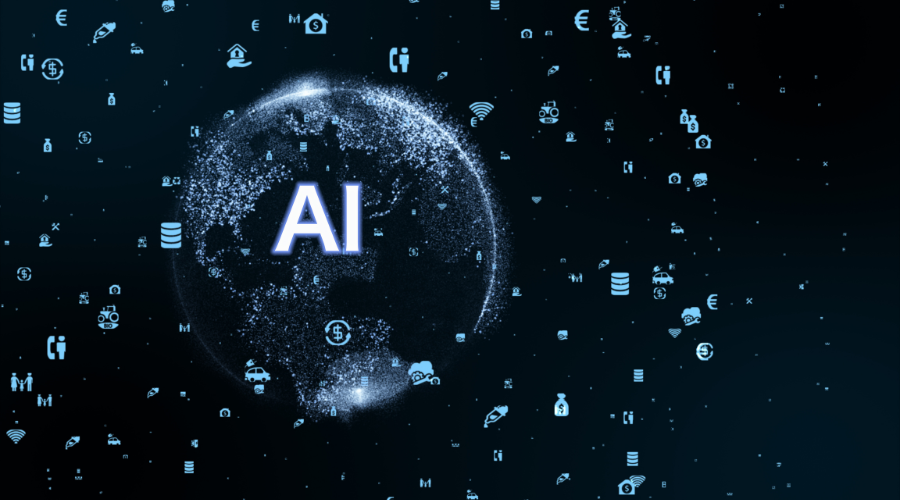
Introduction: Apple’s Big Reveal at WWDC 2025
With excitement, the world tunes in for WWDC 2025 (Worldwide Developers’ Conference) every year, wanting to see what Apple is going to do next. This year’s conference was even more anticipated than usual because there were a couple of major talking points, like Apple Liquid Glass, and Apple’s evolving AI strategy called Apple Intelligence.
Anticipation had been building for months, with tech blogs and social media feeds full of speculations, wild patents, and insider whispers. People expected the usual “wow” moments Apple is famous for. But when it came out, the reactions were mixed.
While the Liquid Glass design stirred some curiosity, the AI announcements left many confused. Let’s dive into what was revealed, what worked, and where Apple may have missed the mark.
What Is Liquid Glass? A New Design Era
Let’s start with the star of the show: Apple Liquid Glass. Imagine your iPhone or iPad wrapped in a seamless, futuristic layer that feels like you’re holding a drop of water. That’s the promise behind Liquid Glass: ultra-smooth curves, fewer seams, and a whole new kind of Apple design.
It is definitely sleek. But here’s the thing: while the aesthetics turned heads, critics were quick to point out that it’s more style than function. It doesn’t add much to durability or usability yet. Many are calling it another example of style over substance in tech innovation. Some analysts say this design could pave the way for foldable or shape-shifting devices in the future. But until we see that in action, Liquid Glass feels more like a teaser than a transformation.
Apple Intelligence: Updates and Open Models
Now for the part we’ve all been waiting for – AI. Apple finally pulled back the curtain on their Apple Intelligence features. All AI powered and designed to personalize your experience across Apple devices.
They spoke of smarter Siri, suggestions based on context, and even generative writing tools! Apple surprised everyone with its partnership with OpenAI to build its AI capabilities. This was surprising and puzzling, since Apple takes pride in building everything in-house. So, relying on external AI models felt out of character, and immediately led many to wonder: Is Apple insecure in its own AI game?
Why the AI Strategy Disappointed
So, why was Apple’s AI strategy disappointing? First, it wasn’t innovative. Features like summarization, smart replies, and improved voice assistance already exist in companies like Google (with Gemini) and Microsoft (with Copilot). Apple simply came to the show late and didn’t have an innovative effect.
This raised some big red flags in the tech criticism space. Where was the “wow” factor? Why was there no unique Apple spin on AI? Instead of leading the way, it felt like Apple was playing catch-up, something the company’s not used to.
Also, there was no clear answer to how Apple plans to integrate artificial intelligence securely and privately into everyday use. With growing concerns around data privacy, many expected a clearer stance, especially from a brand that markets itself as privacy-first.
Market Reactions: Stock Dip and Investor Concerns
The market was not kind to this news. Just after the keynote, Apple’s stock was down. There was a sense that investors primarily were looking forward to a more bold, revolutionary reveal. Instead, they found themselves with mild design changes and safe AI strategies.
Apple’s stock fell 3.6% last week, dropping it to third on the list of most valuable companies, trailing both Microsoft and Nvidia. This isn’t to say the Liquid Glass concept or Apple Intelligence were total flops, but the keynote certainly didn’t inspire confidence. It left many to question whether Apple is still a leader in the tech space, or has fallen behind in trends like AI, smart and alive design.
Is Apple Falling Behind in the AI Race?
Let’s look at the following perspective: AI strategy is now at the core of every meaningful tech company. Google’s Gemini and Microsoft’s strategic partnership with OpenAI are raising the bar. Meanwhile, Apple’s cautious, slow-burn approach seems out of sync with how fast AI is evolving.
Yes, Apple is known for perfecting features before launching them. But in this race, being methodical is not enough; it is about innovation and speed. If Apple continues to lag, it might lose relevance among power users and AI enthusiasts. For a company that once defined the smartphone era, this shift is unsettling.
Consumers can identify these signals. Whether it is new feature releases lagging, or apps and services that are light in AI capability, Apple risks burning its fan base if it doesn’t step up.
Conclusion: What’s Next for Apple?
So, where does Apple go from here? Well, Apple Liquid Glass could be that visual rebranding set up for future hardware innovations. And Apple Intelligence could evolve into something more powerful, if Apple handles it smartly.
However, to compete with powerhouses like Google, Microsoft, and the startups who are driving the tech innovation space with lots of capital now, Apple will need to take risks in their product development and they will have to double down on building real, differentiating AI capabilities.
In summary, the WWDC 2025 reveal was a wake-up call. Beautiful hardware and a considered UI design raised the bar, but the tech world expects more, and faster. It’s time Apple reminded everyone why it once led the charge into the future.